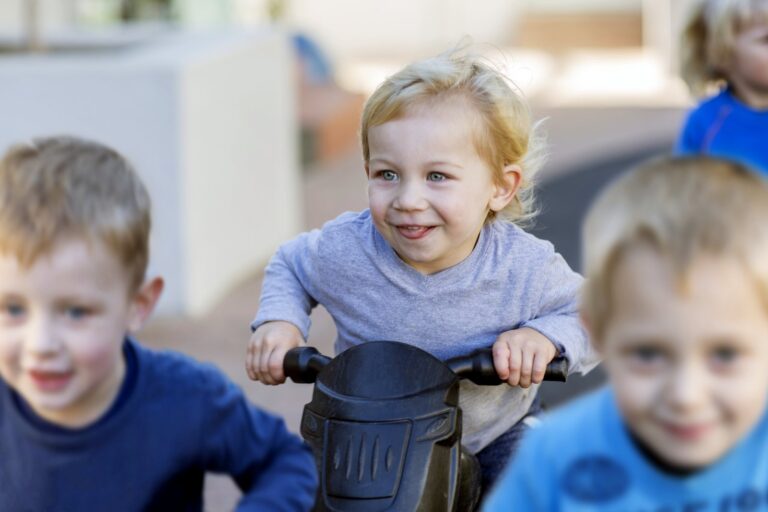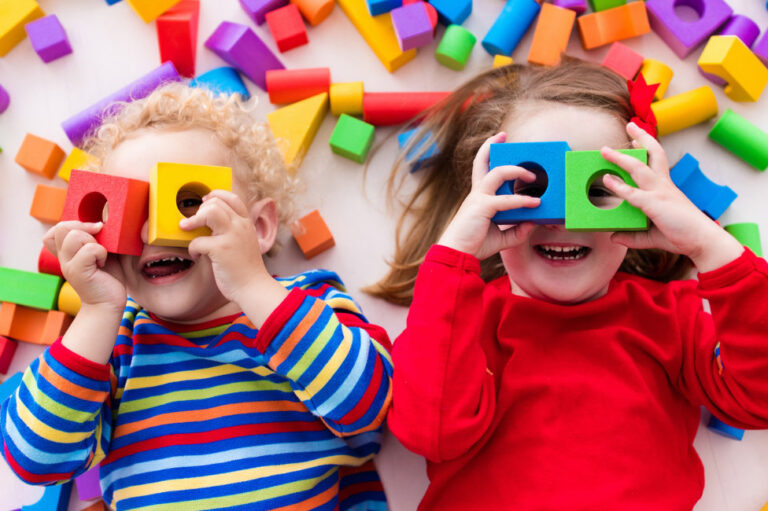In the learning environment, children are expected to ‘look and listen’ to the teacher, however, getting a child to focus and pay attention to instructions and learning materials can be difficult for many children but especially for children with additional learning needs.
In particular, children with Autism often have their own particular interests, (e.g. numbers, letters, trains), where they can focus for long periods of time, but may not be interested in focusing their attention in the learning environment and engaging in the social aspects of language e.g. to follow instructions or play a game with peers.
The activities and strategies listed below are for use with children who:
• Cannot focus their attention
• Can focus attention for a brief time only
• Have difficulty working out where or what to focus their attention on
• Are easily distracted by their environment
• Do not appear to be listening
• Appear to be ignoring the teacher
• Move between activities quickly
• Cannot follow instructions
• Need lots of repetition
Prior to working on activities and strategies to enable a child to focus and attend, work through the following:
- Observe the child and see what they are doing in the learning environment.
- Complete the sensory checklist to determine if there is a sensory issue e.g. the environment is too loud or too bright? Are they located in the best place in the classroom? Address these needs prior to focusing on getting the child’s attention.
- Allow the child to lead you to the activities that they enjoy.
- Positioning: Always position yourself so you are face to face with the child and get down to their level, especially for younger children. Children with attention difficulties may not be aware the teacher is speaking, especially if they cannot see their face.
- Use verbal and or physical prompts: e.g. the child’s name, touch child’s arm or shoulder.
- Determine what motivates the child: While observing the child in the learning environment, take note of the activities the child plays with when given free access to many items. The things the child selects most frequently or spends the longest amount of time with are most likely to be the most motivating and reinforcing. Use these motivating and highly preferred tasks or activities to get the child’s attention and motivate them to complete the learning task.
- Each child’s preferred activities will change therefore, observing and knowing what their current highly preferred activity is particularly important. If a child is no longer motivated or interested in the highly preferred activity, this will impact on their ability to focus their attention to complete a learning task. At this point, do another observation.
- Record the information by date and a list of the three or four highly preferred activities. Use this record and add to it at the next observation.
Strategies and Approaches to developing Attention
Use Visuals to support the language used:
First-then boards: Use the first-then board by placing a visual of the desired activity you want them to complete first and a visual of their highly preferred activity next. Explain to the child using simple or minimal language what is expected, e.g. ‘first reading then bubbles’ while pointing to the picture of the activity as you say the word. By supporting the child to focus their attention with the highly preferred activity, they understand and learn the sequence of what is expected, i.e. they complete the first task and they get their reward. Use vocabulary that the child understands or is common to your class: e.g. first-then, now-next etc.
If a child is distracted with the visuals, put the board into a plastic slip and place the visuals inside it. Many children with ASD like to Velcro materials, so let the child place the visual on the board. Offer a choice of highly preferred activities, e.g., jumping on the trampoline or playing with letters, this gives the child more control and motivation to complete the task.
Use the written word for children who are reading, or the child can write on the board themselves, this gives the child more control and motivation.
Visual schedule
This helps focus the child and help their understanding of what is coming next in a sequence of activities. In addition, the child or teacher can remove each visual as the activity is completed so the child can ‘see’ what is finished and knows what is next, e.g. lunch time! Use written words for children who are reading.
Use Timers
Tis tells the child how long they have left before the next activity starts. Tell the child how long you are setting the timer for, they may not understand the concept of the amount of time, but you are exposing them to the language of time and consistently using the same language, so the child knows what to expect. For older and more verbal children they can negotiate the amount of time, e.g. ask for more time, of ask for 5 more minutes rather than 2 minutes etc. Then when the timer goes off, introduce the activity. There are lots of timers available with both visual and/or sound depending on what the child responds best to:
Give Breaks
Between academic tasks: provide opportunities for short breaks and include them in the child’s visual schedule. In addition, ensure the child can ask for or request a break, either verbally, or with visuals and/or AAC as this enables the child to communicate that they need a break and is also motivating and powerful for them. Use the timer and visual supports and begin the next task once the time is up.
Play Games
Playing simple games whereby the child has to listen for specific things, e.g. Listen for a child’s name. Listen for who’s turn or who is next? Listening to musical instruments: what instrument can you hear? Have the real items. Listening to animals sounds, environmental sounds: e.g. train, phone ringing etc., listen for specific words in a story.







